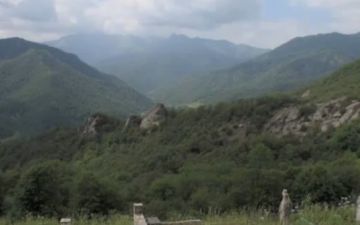When the Soviet Union began to fracture, it was in large part because of the wholly unexpected surge in national feeling. And nowhere was this felt more acutely, and more violently, than in Nagorno Karabakh—“Mountainous Karabakh”—a region in the southern Caucasus that was populated largely by Armenians but assigned to the Azerbaijani Soviet Socialist Republic. When Armenia and Azerbaijan became independent in 1991, they went to war with each other, and when they stopped fighting Azerbaijan had lost control of Karabakh.
As thousands of refugees flooded eastward toward Baku, the Karabakh they left behind became an ethnically pure Armenian enclave.
Twenty years later, Karabakh is still wholly Armenian, but it is a region without a country. Unrecognized by the rest of the world, it is nominally self-governing—one of several statelets left behind by the Soviet crackup. Azerbaijan and Armenia have finally agreed to enter into talks over Karabakh, prodded by the United States, Europe and Russia. But what of the people who live there?
After two decades on their own, it is unthinkable to imagine that they would willingly return to Azeri rule. But the status quo is looking more and more untenable. A visit to Nagorno Karabakh explores the possible futures for this mountainous redoubt--a land in limbo, and a prickly Christian entity fronting an implacably hostile, and Muslim, neighbor.




